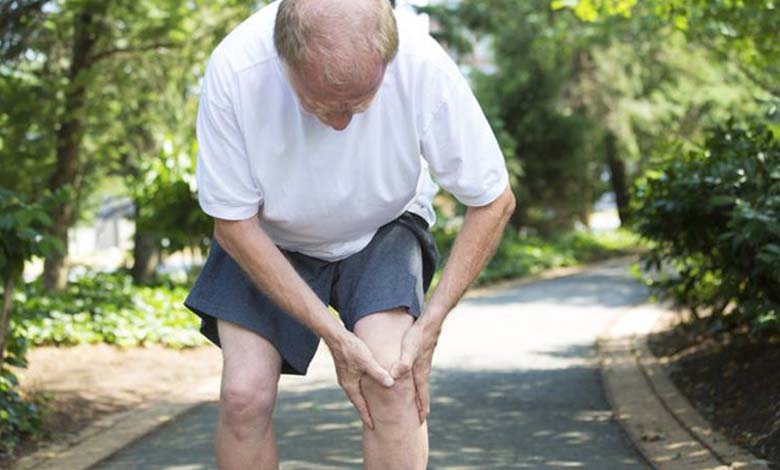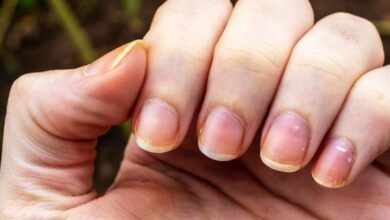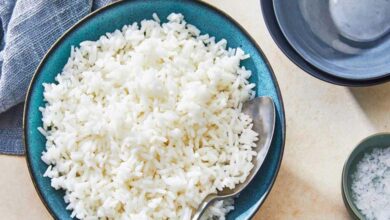Causes of Knee Pain in the Elderly and Treatments

Most of us believe that joint problems, especially knee pain, are an inevitable part of aging.
While some aches and pains may be age-related, knee pain is not necessarily unavoidable for older adults.
Diagnosing the cause of knee pain and treating it properly can help prevent or at least reduce discomfort.
Here are some common causes of knee pain in seniors and the available treatment options.
Osteoarthritis
Osteoarthritis is the most common type of arthritis affecting the knee. It is a degenerative process in which the cartilage in the joint gradually wears away.
Rheumatoid Arthritis
This is another form of arthritis that can affect the knee, although it also tends to impact younger adults.
Tendinitis
Tendinitis is inflammation of the tendons, usually caused by overuse or repetitive movements.
Running, jumping, and cycling can all contribute to knee tendinitis.
Mechanical Issues
This refers to injuries that lead to knee pain, such as falls, direct impacts, or twisting of the knee.
For seniors, sudden knee pain is often linked to some kind of mechanical problem.
-
Flare-ups of gout are linked to heart attack and stroke
-
The benefits of walking backwards, according to this scientist
Old Injuries
Past injuries can start to cause pain again as we age. Previously damaged tissues become more prone to instability, stress, and degeneration.
Common Treatments for Knee Pain
Medications
Over-the-counter pain relievers may be enough to ease knee pain. A doctor may also prescribe medication to treat the underlying cause, especially in cases of osteoarthritis.
Physical Therapy
Strengthening the muscles around the joint can help alleviate knee pain. A physical therapist can guide specific exercises to address the root cause, particularly for tendinitis or mechanical issues.
-
Warning Signs about the Health of Elderly Individuals
-
“Successful Aging”: How to Achieve It for the Elderly?
Injections
Several types of injections may be used depending on the cause of pain:
- Corticosteroid injections help reduce pain and relieve arthritis symptoms.
- Hyaluronic acid injections improve joint lubrication and reduce pain during movement.
- Platelet-rich plasma (PRP) injections, a more recent treatment, help decrease inflammation and promote healing.
Surgery
Arthroscopic surgery is often the first option considered to repair knee injuries. It is minimally invasive and has a relatively short recovery time.
If the pain or damage becomes too severe, partial or total knee replacement surgery may be necessary.












